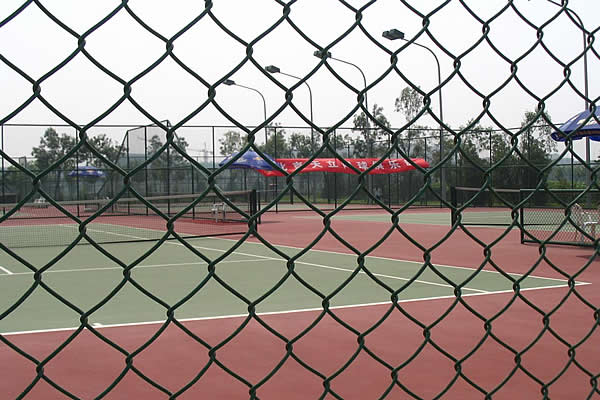 TEL:
+86-13102802206
TEL:
+86-13102802206
 Email:
fencenetting@china.com
Email:
fencenetting@china.com
 Language
Language
 TEL:
+86-13102802206
TEL:
+86-13102802206
 Email:
fencenetting@china.com
Email:
fencenetting@china.com
 Language
Language


The Aesthetic and Structural Significance of Rocks in Mesh Walls
In the realm of modern architecture and design, the use of unconventional materials and methods has become a hallmark of innovative approaches. One such fascinating concept is the integration of rocks within mesh walls, a blend of natural elements with contemporary construction techniques. This unique combination not only enhances the visual appeal of buildings but also serves practical structural purposes.
The aesthetic impact of incorporating rocks into mesh walls is undeniably striking. Rocks, with their varied textures, colors, and sizes, provide a dynamic contrast to the sleek lines and uniformity often associated with modern architecture. The ruggedness of stones juxtaposed against the lightweight framework of mesh creates an intriguing visual dialogue. Designers can select specific types of stones to reflect the local environment or to achieve a desired color palette. For example, the warm, earthy tones of sandstone may evoke a sense of harmony with nature, while the cooler hues of granite can lend a more contemporary and polished look.
Furthermore, the use of mesh as a supporting structure allows for creativity in design. Mesh walls can take on various shapes and forms, adapting to the needs of the space and the vision of the architect. This flexibility enables the creation of eye-catching facades or functional interior features that can be both beautiful and resilient. Additionally, the integration of rocks within the mesh can facilitate the incorporation of local geological materials, promoting sustainability and reducing the carbon footprint associated with transporting construction materials.
Beyond aesthetics, the strategic use of rocks within mesh walls serves a vital structural function. The mesh acts as a supportive skeleton, ensuring that the stones remain securely in place while allowing for ventilation and light. This combination helps to mitigate the weight of traditional stone walls, which can be overly cumbersome for many modern structures. By distributing the weight more evenly and utilizing lighter materials, architects can design larger, more open spaces without compromising structural integrity.

Moreover, the porous nature of mesh allows for excellent drainage, which is crucial in preventing water accumulation that can lead to structural damage over time. This property is particularly beneficial in climates where heavy rain is common. The inclusion of rocks within the mesh can also help in insulation; rocks can naturally regulate temperature and humidity levels, contributing to energy efficiency within the building.
The versatility of rocks in mesh wall construction extends to functional applications as well
. These walls can be designed to serve a variety of purposes, from boundary walls in commercial establishments to artistic installations in public spaces. The tactile experience offered by the rough surfaces of the rocks invites interaction, making these structures not just visual landmarks but also engaging features within their environment.In addition, the emotional connection that natural materials like stones evoke cannot be understated. In an age where urban environments often feel sterile and impersonal, integrating elements of nature can provide a sense of groundedness and tranquility. Mesh walls adorned with rocks can transform public spaces into refuges, fostering a connection between people and their surroundings.
In areas prone to natural disasters, such as earthquakes or flooding, the resilience provided by rocks in mesh walls can be particularly advantageous. The added mass of stones can help stabilize structures, making it less likely for them to suffer damage during extreme weather events. This structural advantage aligns with the growing demand for buildings that are not only visually appealing but also durable and sustainable.
In conclusion, the concept of incorporating rocks within mesh walls presents a multifaceted approach to architectural design. By marrying natural elements with modern techniques, architects and designers can create spaces that are not only aesthetically pleasing but also structurally sound and environmentally friendly. As the demand for innovative, sustainable design continues to grow, the use of rocks in mesh walls is likely to gain further prominence, inspiring new generations of architects to explore the potential of combining nature with contemporary construction.